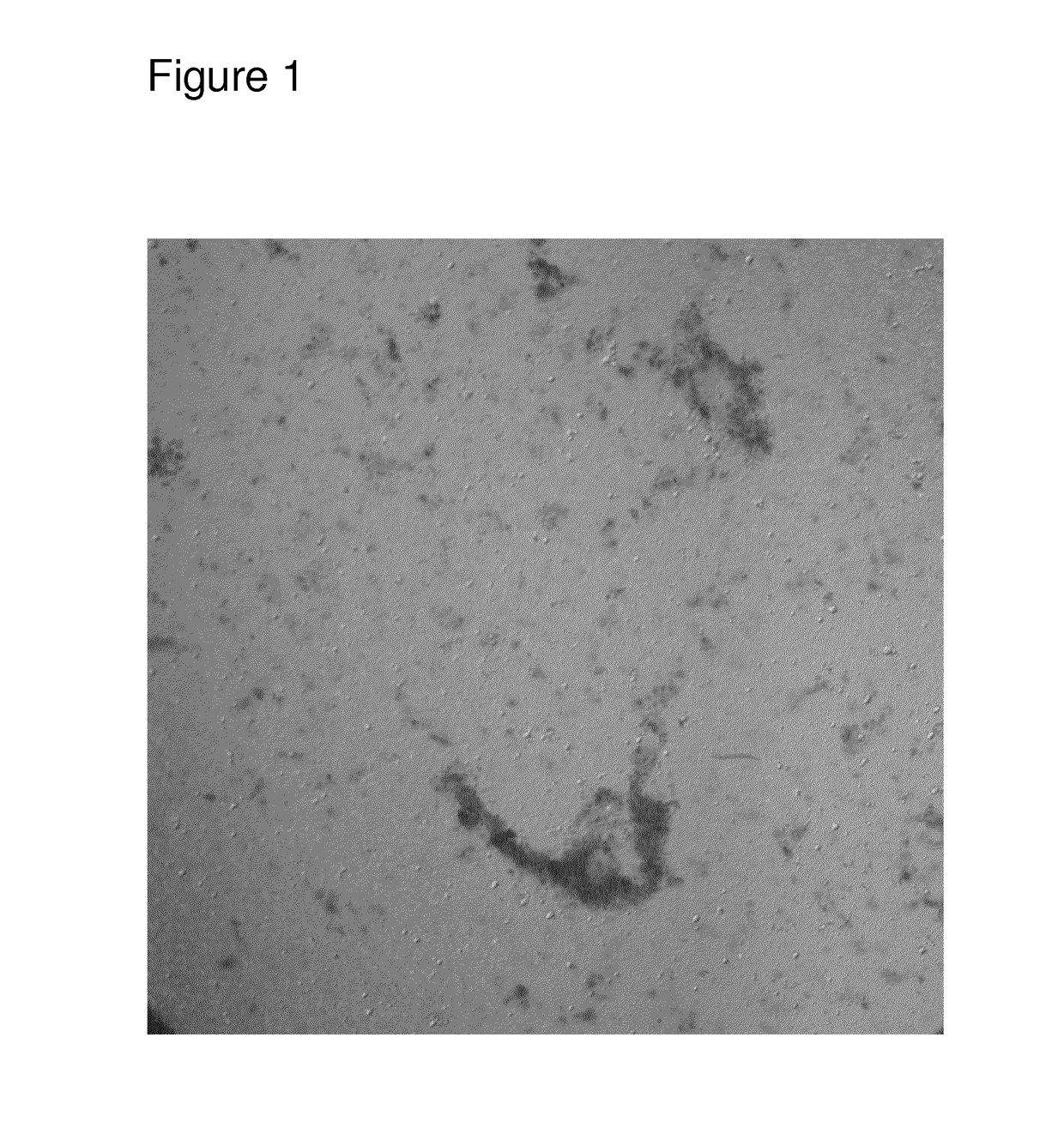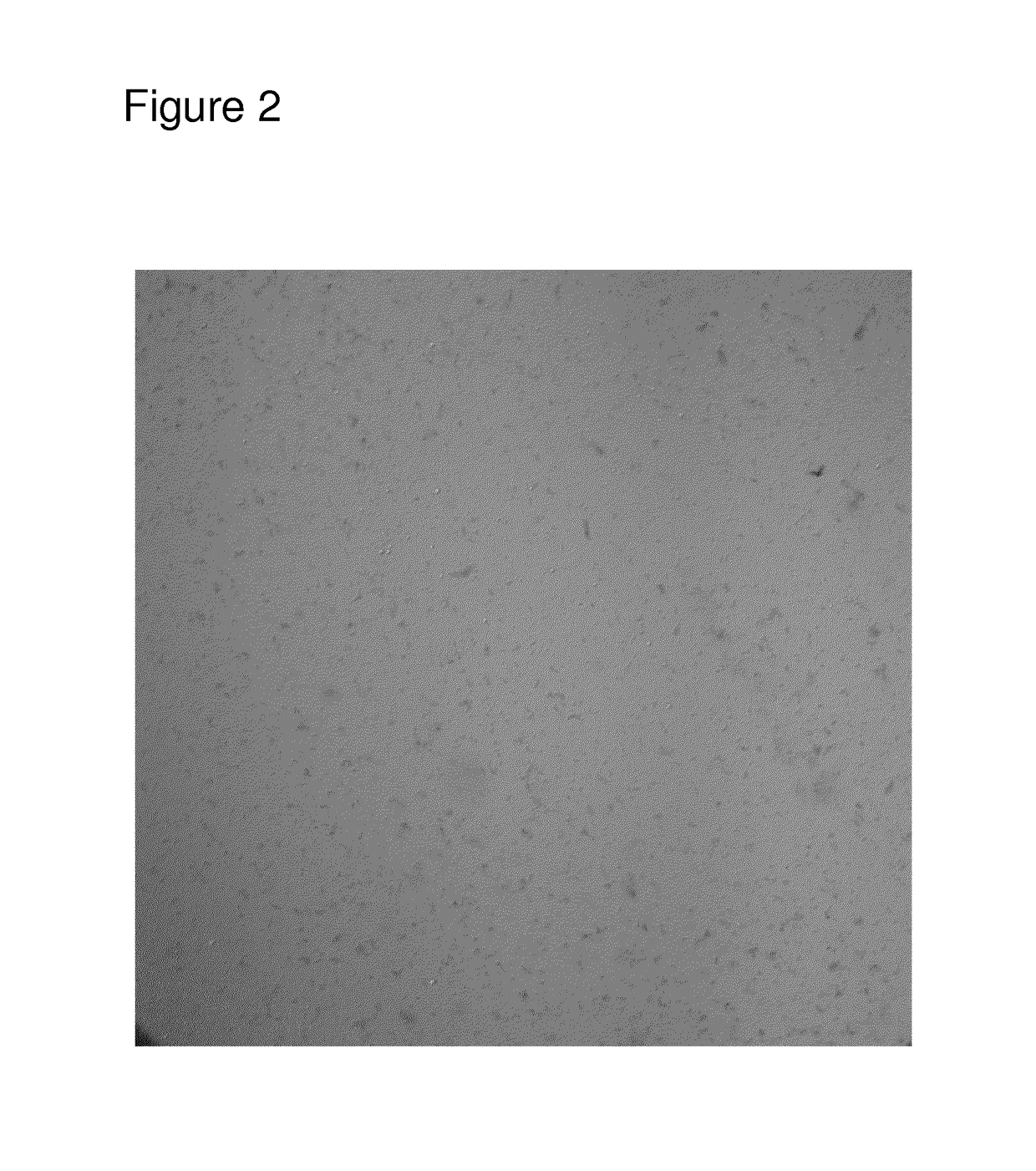Frozen confection product and a method of preparing such
a technology of confection products and citric acid, which is applied in the field of frozen confection products, can solve the problems of affecting the taste of frozen dairy desserts, the limitation of the amount of citric acid which can be added to an edible product such as a frozen dairy dessert, and the inability to prepare products, etc., to achieve good creamy texture and improve textural and sensorial properties.
- Summary
- Abstract
- Description
- Claims
- Application Information
AI Technical Summary
Benefits of technology
Problems solved by technology
Method used
Image
Examples
example 1
A Frozen Dairy Dessert with Glucono-Delta-Lactone as Acidifying Agent
[0115]
IngredientWt % of final productFat10-11%MSNF10-12%Sugar18-22%Acacia gum0.1-0.5%
[0116]The frozen dairy dessert was prepared by mixing the ingredients mentioned above and then add 0.15% by weight glucono-delta-lactone to reduce pH to 5.8-6.0. No other acidifying agent was added to the mix. Then, the acidified ingredient mix was homogenized at a stage one at 1500 psi and at stage two at 500 psi and subsequently pasteurized at 82° C. for 90 seconds. The pasteurized mix was then frozen by using a combination of a standard continuous industry freezer and low temperature freezing.
example 2
A Frozen Dairy Dessert with Citric Acid as Acidifying Agent
[0117]
IngredientWt % of final productFat10-11%MSNF10-12%Sugar18-22%Acacia gum0.1-0.5%
[0118]The frozen dairy dessert was prepared by mixing the ingredients mentioned above and then add 0.05% by weight citric acid to reduce pH to 6.0 to 6.3. No other acidifying agent was added to the mix. The acidified ingredient mix were then homogenized at a stage one at 1500 psi and at stage two at 500 psi and subsequently pasteurized at 82° C. for 90 seconds. The pasteurized mix was then frozen by using a combination of a conventional freezer and a low temperature freezing.
example 3
Method of Preparing Optical Microscope Pictures of Sample of Ice Cream
[0119]A 0.2 gram sample of frozen dairy dessert was added to 1.8 grams of a stain solution consisting of 0.04% Toluidine Blue O in water. The sample was stirred to melt and disperse. After 60 seconds of equilibration, a drop of the mixture was placed onto a glass microscope slide and viewed at an effective magnification of approximately 100×.
PUM
 Login to View More
Login to View More Abstract
Description
Claims
Application Information
 Login to View More
Login to View More - R&D
- Intellectual Property
- Life Sciences
- Materials
- Tech Scout
- Unparalleled Data Quality
- Higher Quality Content
- 60% Fewer Hallucinations
Browse by: Latest US Patents, China's latest patents, Technical Efficacy Thesaurus, Application Domain, Technology Topic, Popular Technical Reports.
© 2025 PatSnap. All rights reserved.Legal|Privacy policy|Modern Slavery Act Transparency Statement|Sitemap|About US| Contact US: help@patsnap.com



